The Significance of Leash Training: Leash training is essential for your dog’s safety and your peace of mind. It prevents pulling, lunging, and erratic behavior during walks, making the experience enjoyable for both of you.
Choosing the Right Leash and Collar:
- Leash Types: Choose a standard 6-foot leash for better control.
- Collar Types: Consider a harness for dogs prone to pulling, as it reduces strain on the neck.
- Proper Fit: Ensure the collar or harness fits snugly but not too tight.
Teaching Your Dog to Walk Politely:
- Start Slowly: Begin training in a quiet, familiar environment before moving to busier areas.
- Positive Reinforcement: Reward your dog for walking beside you and paying attention.
- Redirecting Attention: If your dog pulls, stop walking and wait until they focus on you before moving again.
Addressing Common Leash-Related Issues:
- Pulling: Use a front-clip harness to discourage pulling or practice loose leash walking techniques.
- Fear or Aggression: If your dog reacts negatively to other dogs or people, consider professional training or behavioral therapy.
4. Solving Behavioral Problems: From Barking to Chewing
Identifying the Root Causes: Behavioral problems often stem from boredom, anxiety, or insufficient exercise. Identifying the cause helps in addressing the behavior effectively.
Positive Reinforcement Techniques:
- Replacement Behavior: Provide appropriate chew toys to redirect chewing from furniture or shoes.
- Barking Control: Teach “quiet” command and reward silence. Address the cause of excessive barking, such as loneliness or fear.
- Consistent Training: Regular training sessions reinforce good behavior and discourage negative habits.
Training Exercises to Redirect Negative Behaviors:
- Interactive Toys: Puzzle toys challenge your dog mentally and keep them engaged.
- Training Games: Hide treats for your dog to find, stimulating their natural scavenging instincts.
- Obedience Training: Teach new commands and tricks to keep your dog mentally active.
Importance of Mental Stimulation and Physical Exercise: A tired dog is a well-behaved dog. Provide regular physical exercise through walks, playtime, and mental stimulation through training sessions and interactive toys.
5. Clicker Training: Using Positive Reinforcement Effectively
Introduction to Clicker Training: Clicker training is a powerful method based on positive reinforcement. The click sound marks the desired behavior, making it easier for your dog to understand what you want.
Conditioning Your Dog to Respond to the Clicker:
- Click = Reward: Pair the click sound with immediate rewards, like treats or playtime.
- Timing: Click at the exact moment your dog performs the desired behavior.
- Consistency: Use the clicker consistently to reinforce various commands and actions.
Teaching New Tricks and Commands Using Clicker Training:
- Basic Commands: Start with basic commands like sit, stay, and come, clicking and rewarding when your dog performs the action.
- Complex Tricks: Break down complex tricks into smaller steps. Click and reward each step toward the final behavior.
Examples of Clicker Training in Real-Life Scenarios:
- Leash Walking: Click and reward when your dog walks nicely on a leash, reinforcing the behavior.
- Socialization: Click and reward calm behavior around other dogs, encouraging positive interactions.
Consistency and Patience: Clicker training requires consistency and patience. With time and practice, your dog will understand various commands and behaviors through this method.
6. Socialization: Raising a Well-Adjusted and Friendly Dog
Importance of Early Socialization: Early socialization, ideally between 3 and 14 weeks of age, helps your dog develop positive associations with people, animals, and different environments.
Gradual Exposure to Different Stimuli:
- People: Introduce your dog to various individuals, including children, adults, and seniors.
- Animals: Allow controlled interactions with other dogs, cats, and smaller pets.
- Environments: Visit different places, such as parks, markets, and pet-friendly stores.
Positive Interactions and Playdates:
- Supervised Play: Arrange playdates with well-behaved dogs, ensuring supervision to prevent negative encounters.
- Positive Reinforcement: Reward calm behavior and positive interactions with treats and praise.
- Handling Exercises: Get your dog used to being touched, examined, and groomed by different people.
Addressing Fear and Anxiety During Socialization:
- Go at Your Dog’s Pace: If your dog shows fear, move away from the stimulus and try again later.
- Positive Associations: Use treats and toys to create positive associations with previously frightening stimuli.
- Professional Help: If fear or aggression issues arise, consult a professional trainer or behaviorist for guidance.
7. Advanced Training Techniques: Canine Sports and Mental Challenges
Overview of Advanced Training Activities: Engaging in canine sports and mental challenges not only provides physical exercise but also stimulates your dog’s mind, preventing boredom and destructive behaviors.
Training Tips for Canine Sports:
- Agility: Start with basic obstacles and progress to more complex courses. Use positive reinforcement for each successful completion.
- Obedience Competitions: Practice obedience commands in various environments, gradually increasing distractions.
- Nose Work: Introduce scent detection games, encouraging your dog to find hidden treats or toys using their sense of smell.
Mental Challenges and Puzzle Toys:
- Interactive Feeders: Use puzzle feeders that dispense food when your dog solves a puzzle, encouraging problem-solving.
- DIY Games: Create homemade puzzles, like hiding treats in boxes or wrapping them in towels, challenging your dog’s intellect.
- Rotate Toys: Regularly introduce new toys and rotate them to maintain your dog’s interest.
Balancing Physical and Mental Exercises: A combination of physical and mental exercises ensures a well-rounded training routine. Incorporate both into your daily activities to keep your dog engaged and satisfied.
8. Handling Fear and Aggression: Training Techniques for Difficult Dogs
Understanding the Underlying Causes: Fear and aggression can result from past trauma, lack of socialization, or genetics. Identifying the cause is crucial for implementing effective training techniques.
Building Trust and Confidence:
- Positive Reinforcement: Use positive reinforcement to build trust. Reward calm behavior and gradually expose your dog to feared stimuli.
- Desensitization: Gradually introduce the feared stimulus at a distance, rewarding your dog for remaining calm.
- Counterconditioning: Pair the feared stimulus with something positive, like treats or play, changing your dog’s emotional response.
Seeking Professional Help:
- Behaviorist Consultation: If your dog’s fear or aggression is severe, consult a certified professional dog behaviorist.
- Training Sessions: Participate in behavior modification training sessions, focusing on desensitization and counterconditioning techniques.
Patience and Consistency: Overcoming fear and aggression takes time, patience, and consistency. Stay calm and persistent, and celebrate small victories in your dog’s progress.
9. Positive Reinforcement vs. Punishment: Choosing the Right Training Method
Explaining Positive Reinforcement and Punishment: Positive reinforcement involves rewarding good behavior, strengthening the likelihood of its repetition. Punishment-based training, on the other hand, focuses on discouraging unwanted behavior through correction and aversive stimuli.
Psychological Impact of Both Methods:
- Positive Reinforcement: Builds trust and confidence, enhancing the bond between you and your dog. Encourages a happy, eager-to-learn attitude.
- Punishment-Based Training: Can cause fear, anxiety, and aggression. May result in suppressed behavior rather than true understanding.
Ethical Considerations and Long-Term Effects:
- Positive Reinforcement: Aligns with modern, humane training methods. Encourages a positive atmosphere at home, leading to a well-adjusted dog.
- Punishment-Based Training: Raises ethical concerns and may damage your relationship with your dog. Long-term use can lead to behavioral issues and fear-based aggression.
Personalized Training Approach: Every dog is unique. Some dogs respond better to positive reinforcement, while others might need firmer boundaries. Observe your dog’s reactions and adjust your training methods accordingly, always prioritizing their well-being and emotional state.
10. Training for Specific Breeds: Tailoring Techniques to Your Dog’s Needs
Recognizing Breed-Specific Traits: Each breed has distinct characteristics and tendencies. Understanding these traits helps tailor your training approach to suit your dog’s natural inclinations.
Customizing Training Methods:
- Herding Breeds: Use puzzle toys and agility exercises to keep their sharp minds engaged.
- Guardian Breeds: Socialize them early and reinforce calm behavior around strangers.
- Working Breeds: Provide physical and mental challenges, such as advanced obedience and nose work.
Challenges and Advantages:
- Small Breeds: Can be prone to stubbornness. Use positive reinforcement and consistency for effective training.
- Large Breeds: Require gentle but firm handling. Early socialization is crucial to prevent fear-based aggression.
- High-Energy Breeds: Regular exercise is vital. Engage them in activities like fetch, running, and agility to channel their energy positively.
Success Stories and Training Tips: Research success stories of dogs from the same breed. Learn about their training challenges and techniques that worked. Additionally, consult breed-specific trainers or online communities for valuable tips tailored to your dog’s breed.
Feel free to use these expanded outlines as a foundation for your comprehensive DIY dog training articles. Tailor the language and details to match your writing style and the specific needs of your audience. Good luck with your articles!


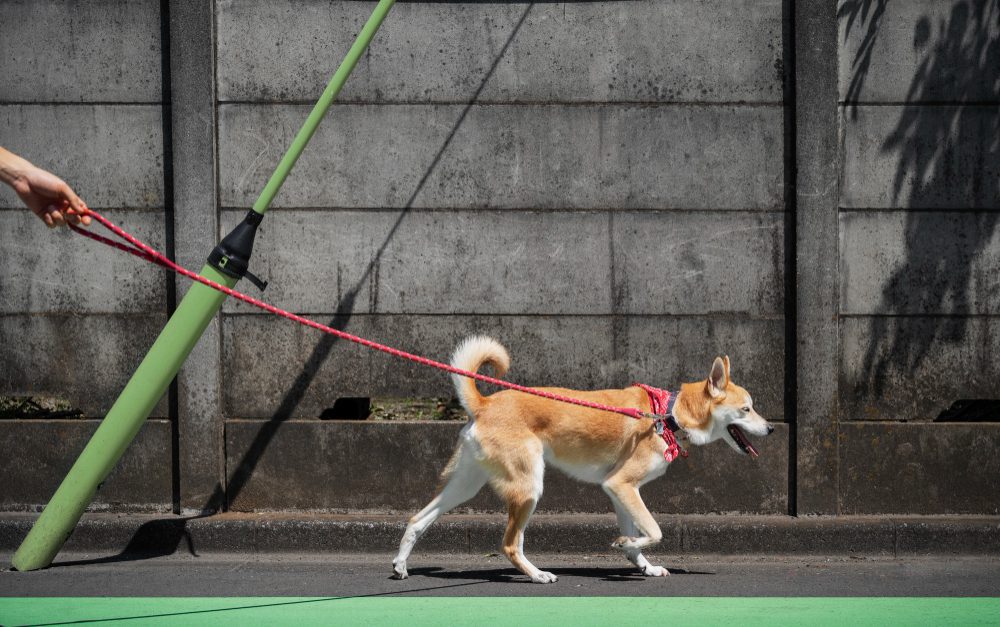


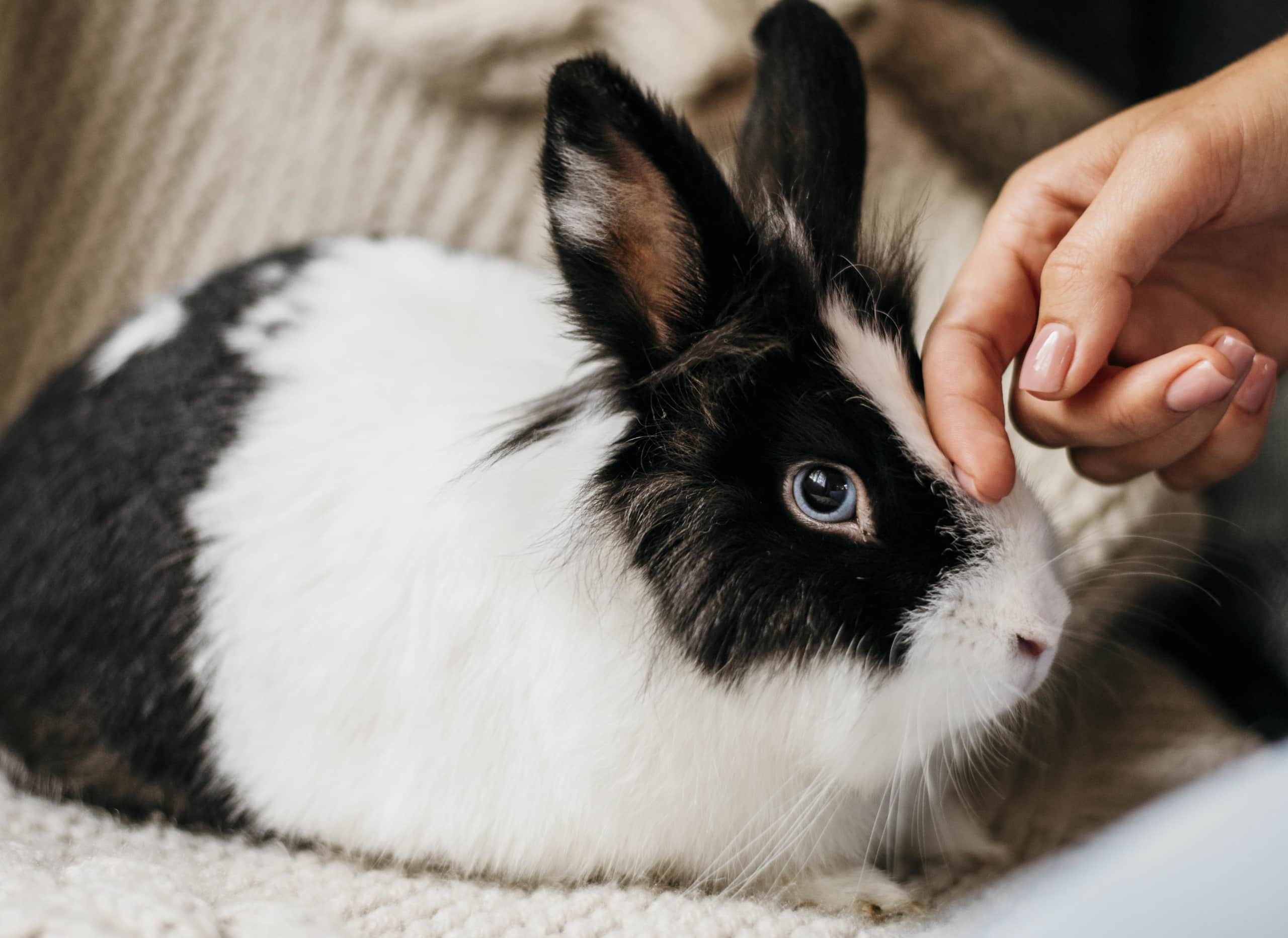
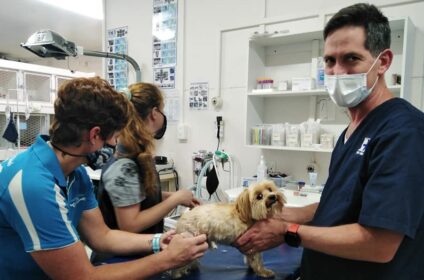
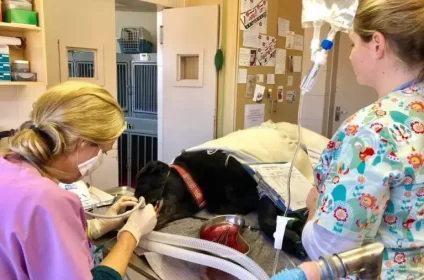
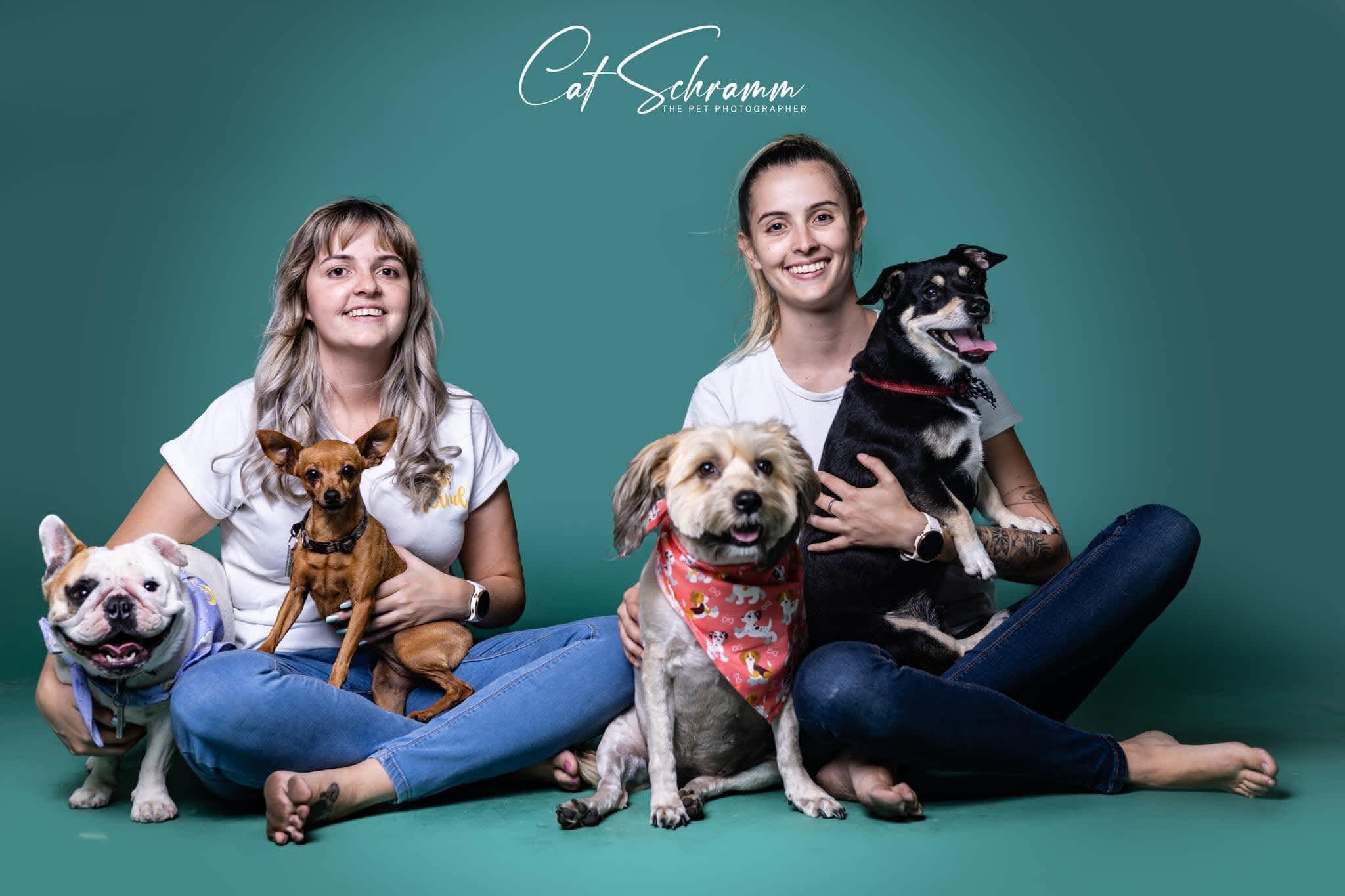
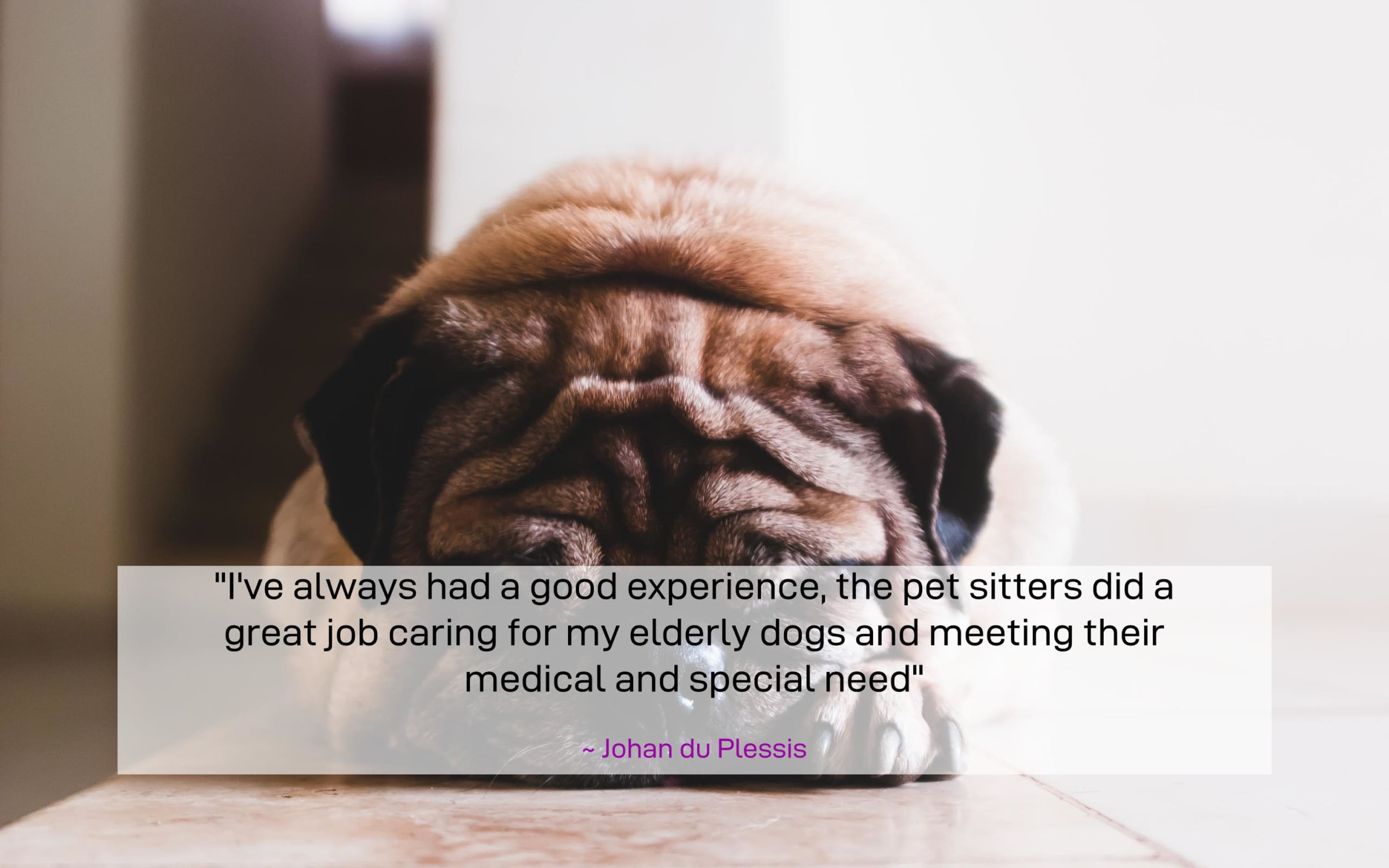

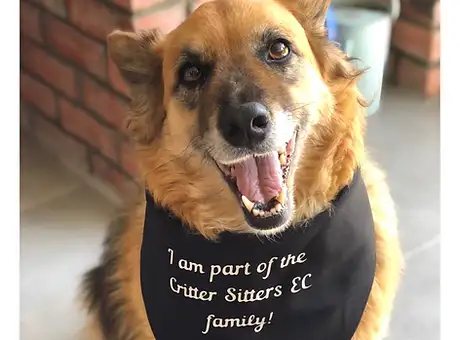
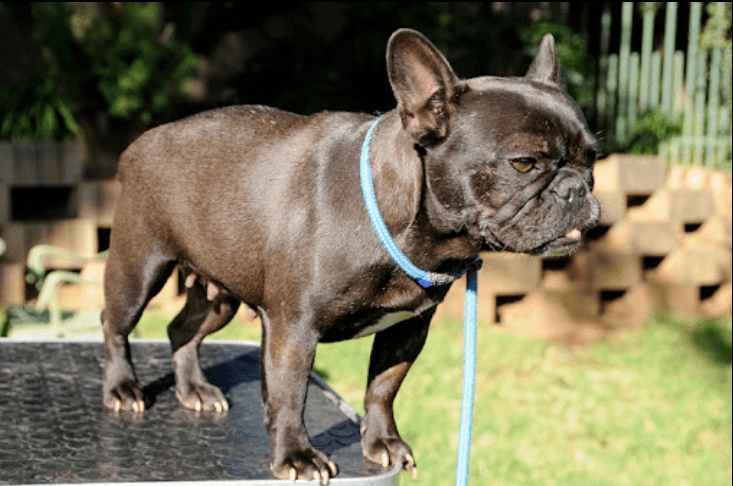


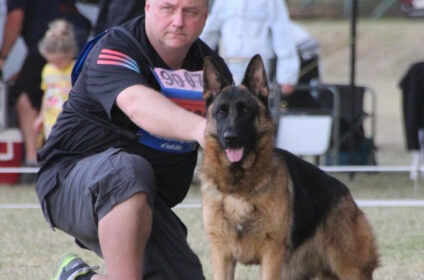




Comments - 1
Article Star
Great site with quality based content. You’ve done a remarkable job in discussing. Check out my website Article Star about Web Servers and I look forward to seeing more of your great posts.